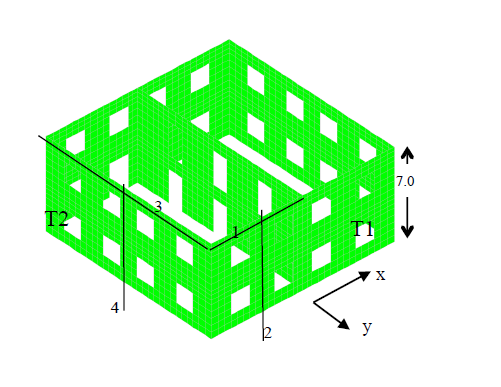1 Lecturer, Department of Civil Engineering, University of Patras, Greece, karmar@upatras.gr
2 Professor, Department of Civil Engineering, University of Cyprus (on leave of absence from Democritus University, Greece), pantazopoulou.stavroula@ucy.ac.cy
ABSTRACT
The paper establishes a framework for seismic assessment and retrofit of traditional masonry structures with emphasis on simple tools that may be used in preliminary identification of those buildings that are at greater risk for earthquake damage due to inherent pathologies. Readily accessible indices such as the eccentricity of gravity load required to resist the overturning moment are used to evaluate the maximum tolerable ground acceleration prior to excessive damage. Local criteria are used to assess the intensity of out of plane differential translation and in plane shear distortion of masonry walls oriented orthogonal to and parallel with the seismic action, respectively. Retrofit through pertinent interventions aims at the reduction of the deformation components as they both quantify the likelihood, extent and localization of damage. The effectiveness of the intervention scenarios is evaluated through the improvement of resulting performance, using the derived relations between intervention morphology and anticipated damage. This framework is particularly useful for setting retrofit priorities and for management of the collective seismic risk of historical settlement entities. A typical Balkan-type traditional building is used in the study as a model structure for illustration of concepts; the structure represents the construction methods and building characteristics of the historical town of Siatista, Greece.
KEYWORDS: plain masonry, seismic behavior, strengthening, traditional buildings
393.pdf



